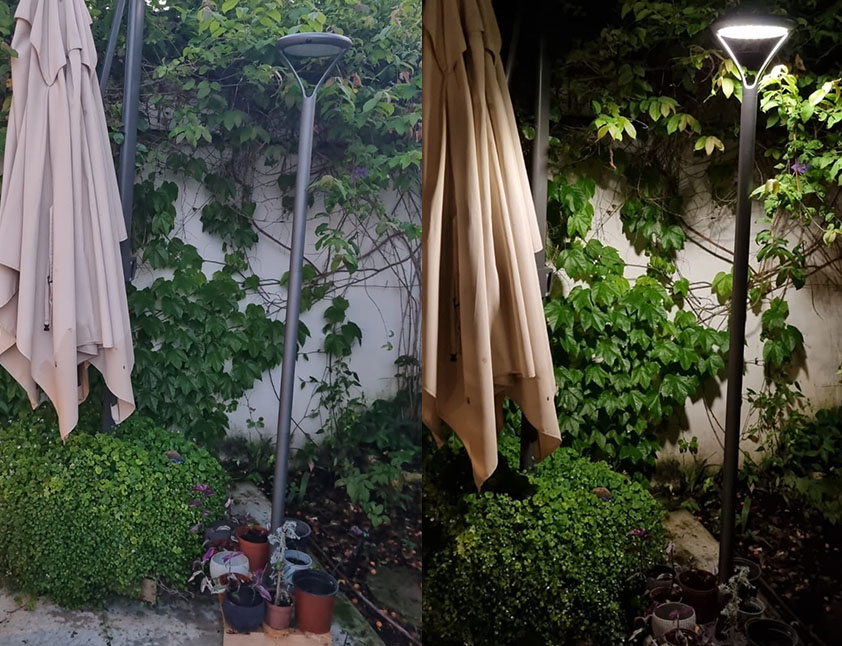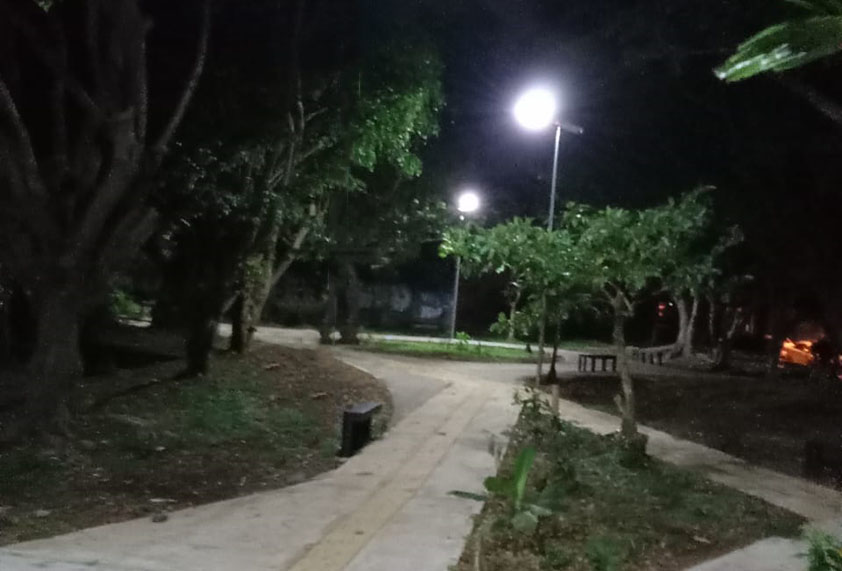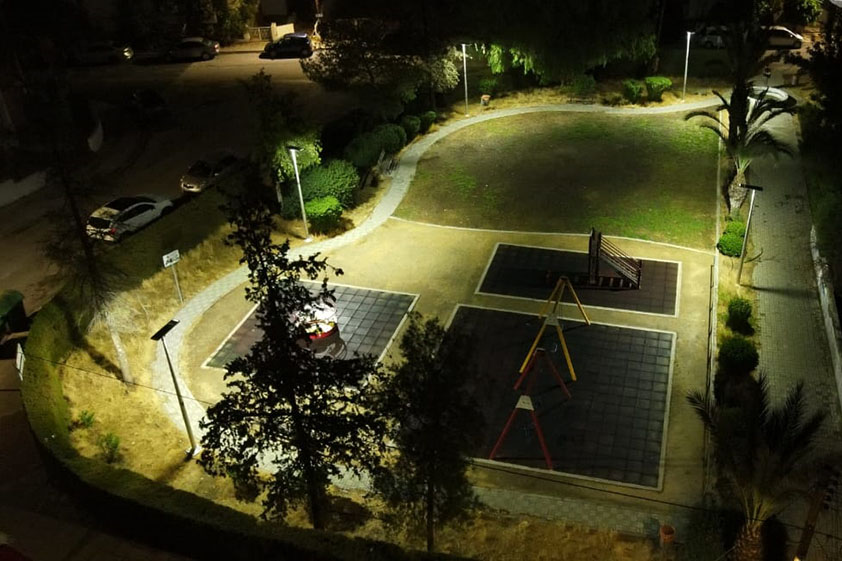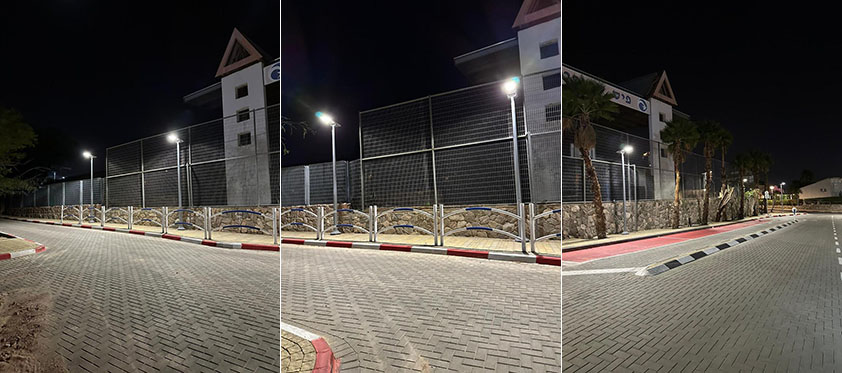Solar-led street lights have become a ubiquitous presence in today’s society, providing a reliable and sustainable lighting solution for various public areas. From bustling city streets to community parks, residential neighborhoods, factories, and even tourist destinations, solar street lights have proven to be a vital component of modern infrastructure.
One of the key advantages of solar street lights is their ability to harness renewable energy sources, such as sunlight, and convert it into electricity. This green technology not only reduces our reliance on traditional fossil fuels but also helps to mitigate the harmful effects of climate change.
However, in order to maximize the efficiency of solar street lights, it is crucial to optimize their charging capabilities. Depending on the location and environmental conditions, solar panels may not always receive adequate sunlight, which can lead to reduced charging efficiency and decreased battery lifespan. This blog will look at 2 main factors that affect the efficiency of solar LED street light charging systems and give several solutions.

The efficiency of solar LED street lights’ charging system is crucial for their effective functioning. It is determined by two main factors:
The conversion efficiency of the solar panel
The conversion efficiency of a solar panel refers to the percentage of sunlight that is converted into usable electrical energy by the photovoltaic (PV) cells within the panel. In other words, it is a measure of how effectively a solar panel can generate electricity from the available sunlight.
The conversion efficiency of a solar panel depends on various factors, including the quality of the PV cells, the materials used, the manufacturing process, and environmental conditions such as temperature and shading.
Typically, the conversion efficiency of commercially available solar panels ranges from 15% to 22%. This means that only a fraction of the sunlight striking the panel is converted into electricity, while the rest is absorbed as heat or reflected away.
Higher-end solar panels, made from monocrystalline silicon, often have higher conversion efficiencies, ranging from 19% to 22%. Polycrystalline silicon panels have slightly lower efficiencies, usually between 15% and 17%. Thin-film solar panels, which use materials like amorphous silicon, cadmium telluride (CdTe), or copper indium gallium selenide (CIGS), typically have the lowest conversion efficiencies, ranging from 10% to 12%.

The secondary conversion efficiency
The term “secondary conversion efficiency” is not a standard term used in the context of solar energy systems. However, it can be interpreted as referring to the efficiency of converting the direct current (DC) electricity generated by the solar panels into alternating current (AC) electricity by the inverter, which is a crucial step in making the electricity usable by household appliances and the power grid.
Inverters play a critical role in solar power systems, as they convert the DC power produced by the solar panels into AC power, which is compatible with the electrical grid and most electrical devices. The efficiency of an inverter is the percentage of the input DC power that is successfully converted into output AC power.
Modern inverters typically have efficiencies ranging from 90% to 98%. This means that a small percentage of the electricity generated by the solar panels is lost during the conversion process, usually in the form of heat. High-quality inverters will have higher efficiencies, minimizing these losses and ensuring that more of the solar-generated power is available for use.

The former refers to the ability of the panel to convert light energy into electromagnetic energy that can be used for various purposes, such as lighting and heating. The latter, on the other hand, pertains to the amount of light energy that can be saved in the battery after it has been transformed into electromagnetic energy.
To ensure that solar LED street lights meet the lighting requirements during the night, the battery capacity of these lights must be approximately 1.2 times the amount of output power generated by the solar system correctly. This ensures that the lighting requirements are met throughout the entire night, and backup storage exists to account for the changes in weather patterns or solar radiation variability. Moreover, not only must the charging efficiency of the lights be maintained to sustain low-wattage light output but also a modicum of current maintenance should be done on the control circuits to ensure prolonged efficiency.
Furthermore, the control circuits of the solar LED street lights should be adequately maintained to guarantee their longevity and efficiency. This helps to make sure that the charging link’s maintenance effect is fully operational and has a positive impact on all control circuits used in the lighting system, including the light sensors, motion sensors, and control boards. Regular inspections and replacement of worn-out or damaged parts in the control circuit are necessary to avoid interruptions in the lighting system, which may negatively affect its overall performance.

Conclusion
Solar-led street lights have not only become a ubiquitous presence across the world, but they provide an invaluable service when it comes to ensuring public safety and efficiency in various public areas. We hope that by exploring the two major components of solar lighting systems – the conversion efficiency of the solar panel and the secondary conversion efficiency – we have empowered you to better understand how they operate. After all, awareness about these solutions is key when assessing needs and finding the best investment option for projects related to infrastructure improvement. If you would like further assistance in understanding solar street lighting technology or need help with product sourcing solutions from our team of specialists, don’t hesitate to contact us. Thank you for your time!